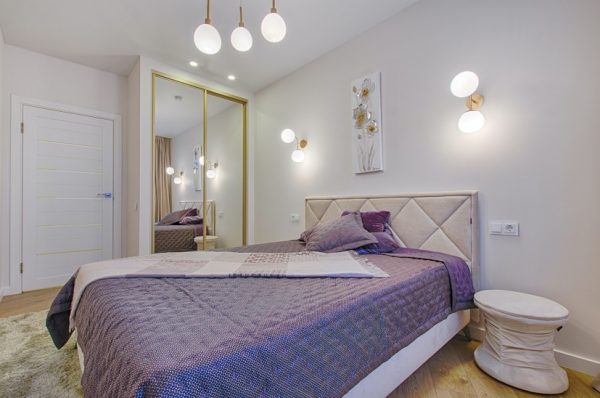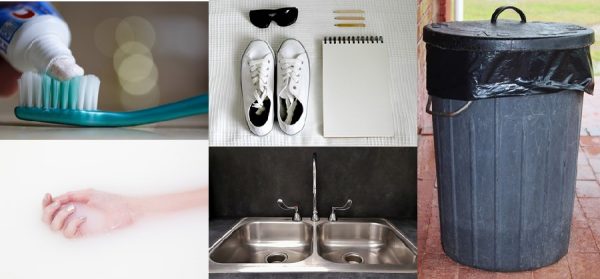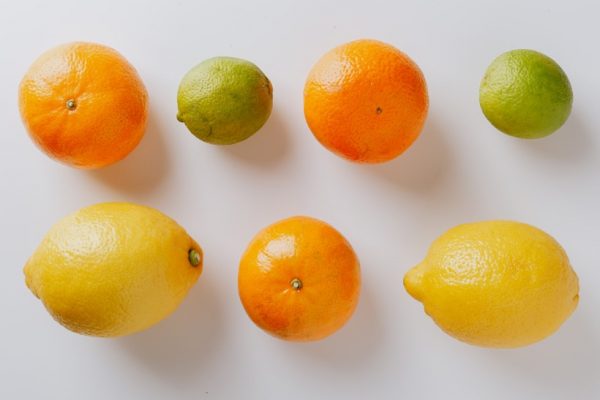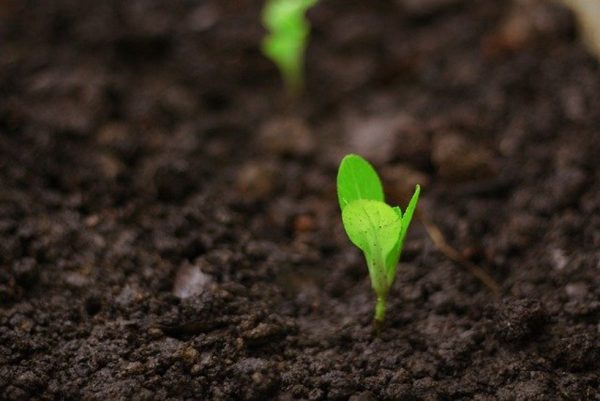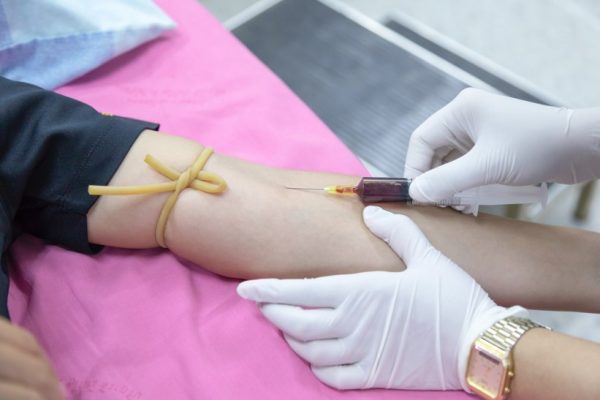Everybody wants to get a good night sleep. Because good sleep keeps us healthy and hearty. Lack of sleep causes imbalance in health that leads to different conditions including impair in heart health. For good sleep different factors matters. Apart from our physical conditions, the other materials such as mattress, pillow, bed sheets and the blanket.
Blankets are personal choices. People like to have something that covers them well during night. Sometimes the blanket selection might not be the right one and it can lead to lack of sleep. While selecting blanket we look for soft, cuddly and fresh blanket. If the blanket provides softness against skin and gives comfort of warmth, then we feel better. Blanket comes in single layer unlike comforter which has double layer with insulating material filling in-between.
How many of us know that choosing a blanket is more than just picking size and color? What are the health tips we need to consider while purchasing a blanket?
1. Sleep temperature matters: When buying a blanket, think about Goldilocks principle not too cold, not too hot. The right temperature has a significant impact on the quality of sleep. Temperature should at comfortable. Generally, people sleep better at temperature between 63 to 71 F. If bedroom temperature falls, then it interferes with sleep. Get a large blanket that cover your mattress with extra inches, so that you can tuck it around the sides and bottom of the mattress – this way even if the temperature inside the room falls, you will still feel warm inside the blanket. White cotton blanket that keeps body cool and wool blanket makes it warm.
2. Size of the blanket: Before buying blanket, make sure to have a proper measurement. Full size: 90” /85”, Twin: 90”/65”, Queen: 90”/90” and King 90”/110”
3. Fabric matters: Appropriate fabric is an essential for good sleep. The fabric selection is based on individual choice or preferences. Some people might get allergic reaction to certain fabric. Some may prefer fuzzy or smooth texture.
Cotton: Hold up well and easy to wash. Cotton reduces buildup of allergens in bed micro-climate. It is food for summer use. Cotton fabric is breathable and soft.
Wool: Heave or light weight, used for insulating during fall and winter. It can be lightweight too. Using wool blanket using summer might not be a good idea. It can cause sweating and itchiness.
Down: It is like comforter, lighter and thinner. They contain a feathery layer between two cotton layers. Good for winter and fall. It is not a good conductor of moisture and can cause heavy sweating.
Synthetics: Polyester and acrylic blankets are common synthetic fabrics. Disadvantage of using it is, it causes static electricity and breathable. It can hold allergens that results in allergy. Good for winter.
Vellux: A thin foam surrounded by plush nylon is vellux blanket. These are considered somewhat luxury blankets, preferred in hotels and home stays. These are hypoallergenic wand withstand multiple washes. Best for severe winter and ideas for anyone who suffer from allergies.
Fleeces: Not too heavy but warm and cozy. It is a good selection for children.
4. Different weaves of blankets:
Knit: Heavy, cozy and warm traits. Made of wool or synthetic materials.
Quilted: Down blankets quilted form to keep contents in place.
Thermal: Cotton blankets are generally have thermal weave. It allows air to circulate easily.
5. Which fabric holds moisture better:
Natural fibers like cotton, linen, wool and silk all are absorbent. These blankets help you feel comfortable by wicking moisture away and keeps a warm, dry air in cold season.
Synthetic fibers like nylon, acrylic and polyester does not hold moisture.
6. Easy washing blankets: If allergies of children and others is a source of concern, then chose a blanket that can be washed easily in hot water. For this, cotton is the best fabric and down filled blanket is also good.
7. Weight of blanket:
· Weighted blanket: Now a day’s heavy weight blankets are gaining popularity. Weighted blankets designed to help one relax and provided relief from sleep and mental disorders. They weigh between 5 to 30 pounds filled with beads or plastic pellets.
· Wool and cashmere blankets are heavier and warmer. The spaces between the fibers in a fuzzy blanket trap warm air and keeps one warmer. Other types of blanket based on weight are:
· Down – Lightweight keeps warm without adding much weight
· Bamboo blankets are lightweight, soft, comfortable and highly absorbent
· Silk – mid weight, very soft, warmth, luxury, antifungal and antimicrobial
· Linen-mid weight, cool in summer and warm in winter, easy to wash
· Cotton– Lightweight and mid weight. Cotton is absorbent and wick moisture. For those suffer from allergies, cotton is excellent choice. Easy to wash in hot water.
· Synthetic: Light and mid weight. These are polyester, acrylic and nylon – ultra soft.
8. Breathability: Overall warmth of blanket depends on breathability of blanket. Thick, heavy blankets are not breathable and retain body heat causing sweat. For those who like s to sleep hot, heavy blankets are good. For those who prefer bit of cool temperature should go for cotton blankets.
How to take care of blankets:
To get good sleep one must keep blankets clean. Washing the blankets once or twice in a month helps to keep it away from getting dirty. Some blankets might need dry cleaning. Failing to follow proper cleaning care, will damage blanket. Pilling and breakdown of blanket will disrupt sleep.
A comfortable blanket is a must for good sleep. Sleep deprivation can trigger various health conditions. Sleep apnea, sleepless nights can act on our day life and disrupt our life. Apart from exercising, eating health it is also important to look at the way how we sleep and better to take a look at our mattress, pillows and blankets that are essential for a good night sleep.
Image credit: Photo by Vecislavas Popa from Pexels (Free for commercial use)



